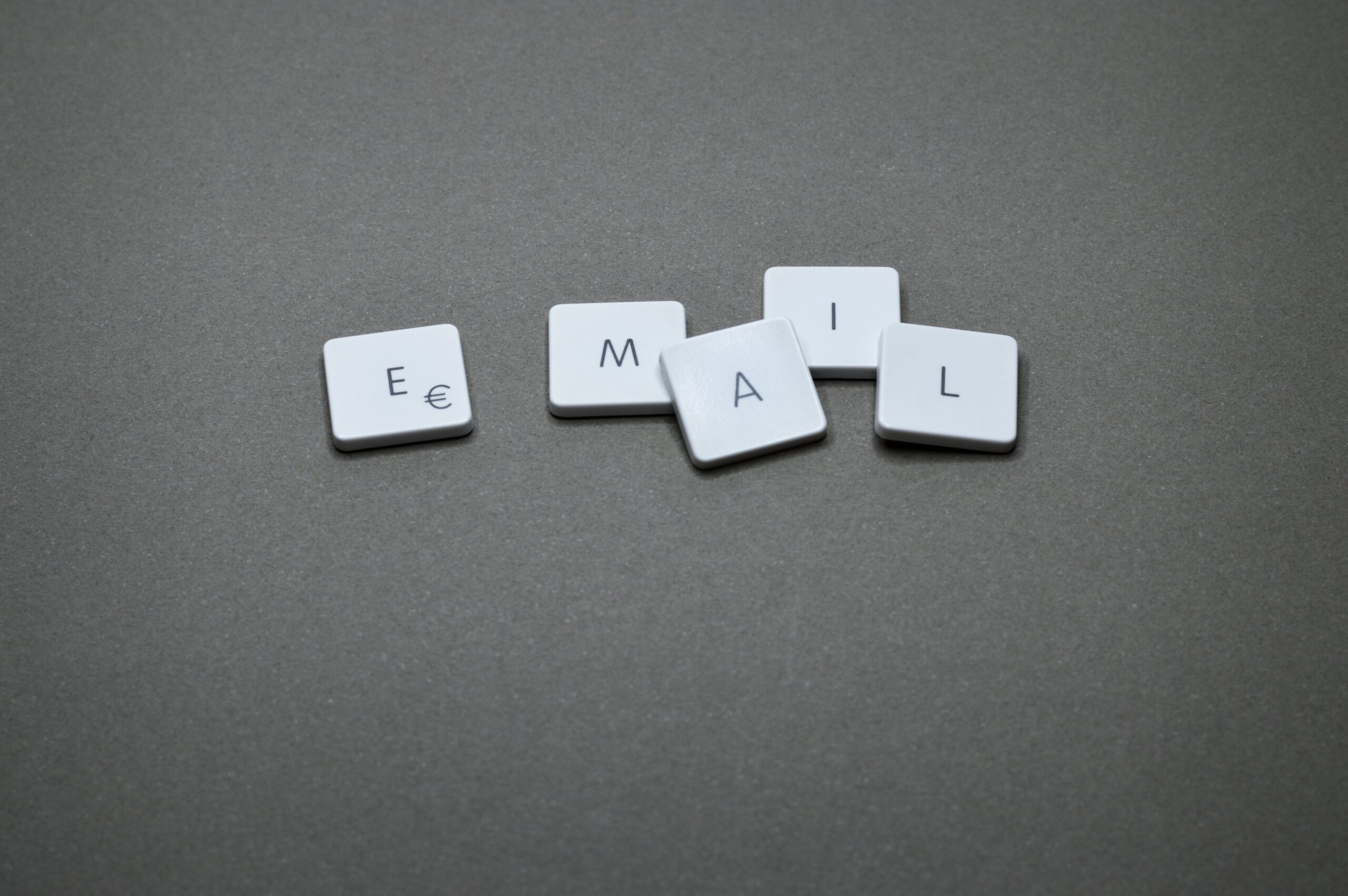
Typically, spam emails are unsolicited, lack an unsubscribe option, and are simultaneously sent to countless recipients. Email spam has significantly advanced, yet the means to identify it has kept pace.
Although spammers invest substantial funds to circumvent major tech companies, the inundation of junk emails peddling illicit medical supplies and dubious investment schemes has largely ceased. It is now generally safe to publicly disclose your email address. Below are methods that spam filters and email services employ to maintain a clean inbox.
1. Subscription Cancellation Support
A significant amount of unsolicited emails cluttering our inboxes consist of marketing messages and newsletters, often without our explicit subscription. Sent by sources without the intent to irritate, these emails usually include an unsubscribe option embedded within the footer or main text. Email providers can assist in maintaining a clean inbox by emphasizing or automating the unsubscribe process.
2. Sender Credibility
Spam operators frequently deploy emails from a freshly established domain linked to an unknown IP address. Email services tend to attribute a low reputation to such novel senders, directing their messages directly to spam folders.
Consequently, initiating a mail server under a new domain may impede your email deliverability. Your reputation will only improve once recipients add you to their contacts or retrieve your messages from spam.
Occasionally, domains or email accounts may be compromised for spam distribution, particularly phishing attacks. This can severely degrade the domain’s reputation, causing legitimate emails to be relegated to spam even after the rightful owner regains control.
3. Text recognition
Spammers may disseminate their ads from compromised or newly established servers, typically broadcasting an analogous message to a vast audience. This enables the alignment of words and phrases with those identified in prior spam-marked messages.
Spam filters, once susceptible to “spam poetry” — arbitrary words appended to emails to feign uniqueness — have evolved. Contemporary filters possess advanced discernment, detecting nonsensical content within emails.
4. User Feedback
Email services with substantial user bases can empower their clients to discern spam from legitimate emails. By exposing a select group of users to an email, the provider can ascertain its legitimacy. This method mirrors A/B testing, where a subset assesses the desirability of a change or feature; here, it evaluates the email’s status as wanted or unwanted.
5. Domain Name System-based Blackhole List (DNSBL)
DNSBL is a system that allows email providers to determine if a sender has previously distributed spam. The maintenance of these lists varies, with strategies ranging from deploying honeypots to capture spam to moderated oversight.
Typically, emails are sorted into whitelists and greylists, the latter being significant for initially rejecting dubious emails while permitting them on subsequent attempts. This is based on the premise that a bona fide email server will persist in delivering mail, unlike a dedicated spam server.
Greylists are often employed in conjunction with user feedback to enhance their efficacy.
6. DomainKeys Identified Mail (DKIM)
DomainKeys Identified Mail (DKIM) ensures the authenticity of an email by allowing the sender to claim responsibility for a message through cryptographic authentication. This protocol enables the receiver to verify that the email has not been tampered with during transit, bolstering security and trust in email communications.
7. Sender Policy Framework (SPF)
Sender Policy Framework (SPF) is a security mechanism designed to prevent email spoofing by validating the sender’s IP address against the domain’s authorized mail servers. It enables domain owners to specify which mail servers are permitted to send emails on their behalf.
When an email is received, the recipient’s server checks the SPF record to ensure the message originates from an approved server. If the check fails, the email can be flagged as potential spam or rejected, thus enhancing email authenticity and trustworthiness.
8. Domain-based Message Authentication, Reporting, and Conformance (DMARC)
DMARC is a protocol that enables organizations to enforce an email authentication policy. In conjunction with DKIM and SPF, it establishes a robust defense against phishing and spam impersonating your identity.
By implementing a DMARC policy, a sender instructs recipients to reject emails that fail to align with these authentication standards.
Other ways to get rid of spam email
Proof-of-work
Before the advent of Bitcoin mining, visionaries had envisioned employing “proof of work” to combat email spam. In 1997, Adam Back’s Hashcash proposal advocated that email senders perform brief computational tasks to validate each message, akin to affixing a postage stamp.
While negligible for ordinary email users, the cumulative effort required to dispatch millions of messages would render spamming economically unviable. However, these systems were never implemented widely.
Micropayments
Imagine receiving a modest sum for each email you receive, akin to the hashcash concept, which imposes a trivial fee on each sent email. This expense is inconsequential for occasional senders. Should you send and receive an equal number of emails, your account would balance.
Private internet access proxy password

